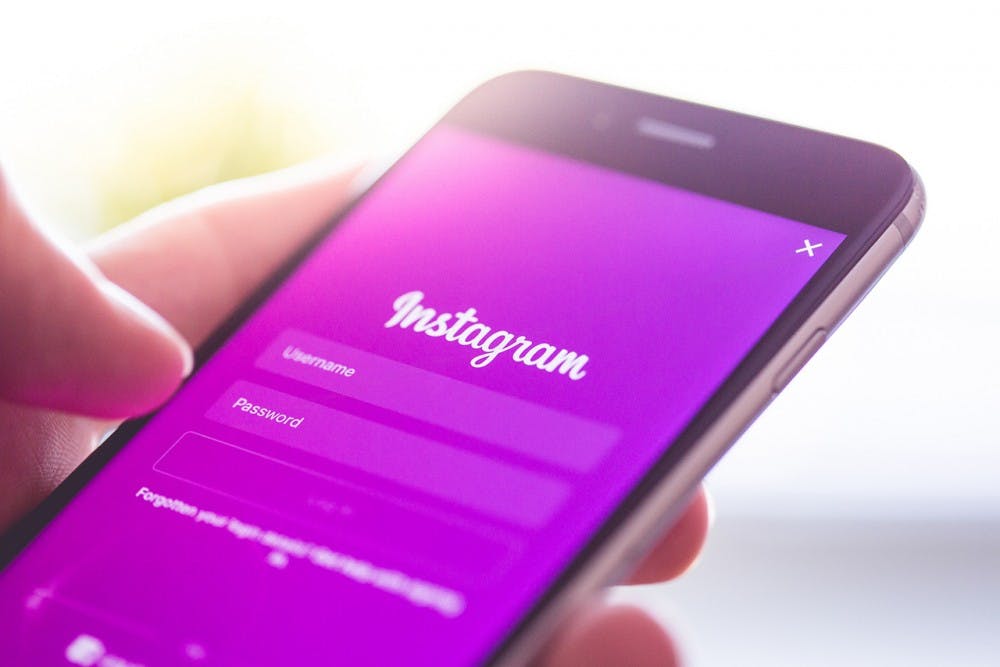Your Instagram feed will now feature more fuzzy photos—and this time, it's not just about image quality.
Instagram will now blur out sensitive posts. Additionally, a content warning will appear on top of the image stating, “This photo contains sensitive content which some people may find offensive or disturbing.” This screen can be removed by tapping "See Photo" at the bottom of the post.
Instagram’s original posting restrictions will still be in effect, meaning the screen will be applied to posts that don’t violate these restrictions but are still considered sensitive. Users can report a post as sensitive, and Instagram’s team will review the post and decide whether to add the content warning.
What does that mean for your Insta? Penn students discussed some of the ways people might react to this change.
“I think there’s going to be issues with freedom of speech, but at the same time I think if something has been reported a lot, obviously there is an issue with it. So personally, I might be appreciative of the fact that I can not have to see things I might not want to see and it allows me to make that decision,” said Lamis Elsawah (E ’19).
“There are people on Instagram who are really young…12–year–olds looking at images they probably shouldn’t be,” she added.
According to The Verge and Refinery29, the sensitivity feature will mainly be concerned with violent content such as images depicting humanitarian crises or animal abuse.
The Verge also reported that the content warnings will be effective immediately.
Instagram has also added two–factor authentication, which will allow users to increase security to their account by requiring them to enter a code every time they log in from a new device. Instagram will text a six–digit security code to users whenever a new device tries to access their account. Instagram will also provide users with backup codes they can save or screenshot in the event they are unable to access their phones.
Sanaa Ounis (C ’18) believes Instagram needs increased security measures. She remembered a time in high school when someone she knew had their account hacked.
“It was so easy, like these random high schoolers were able to hack someone’s Instagram,” Sanaa said.
“If all it takes is just your password to log in some new device, than that’s something that’s needed because I’ve seen it happen a lot,” she added.
Uswah Shabbir (W ’19) agreed with the move to add security but pointed out some of its downsides.
“I feel like it might be a little annoying if I sign into my friend’s phone to post a picture. I’ve done that before when my phone’s broken or something. Sometimes, added security features can just be a nuisance…sometimes it can be an extra hassle,” she said.
According to The Verge, Instagram first indicated it would begin to implement two–factor authentication in February 2016. Facebook launched two–factor authentication in the form of Login Approvals in May 2011.
“Our teams are focused on making Instagram a kind, welcoming place for everyone, and we’re just getting started,” stated Instagram co–founder and CEO Kevin Systrom in a blog post on March 23rd in which he announced these updates, discussing how they were geared towards making Instagram a safer space.
Penn students were skeptical about how likely it is that these changes will actually make Instagram safer for users.
“Social media’s just impossible to make a safe environment because you can’t control what people are doing,” Sanaa explained. “You can’t really change human behavior like that,” she added.
Photo provided by: https://perzonseo.com

